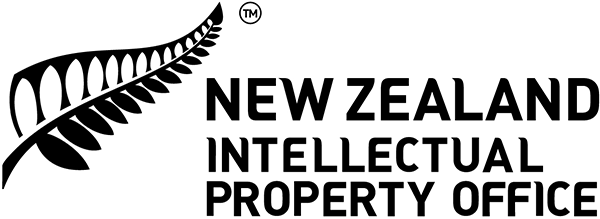The Geographical Indications Registration Act 2006
The Geographical Indications Registration Act 2006 (“the GI Act”) came into force in 2017. It provides a regime for registering New Zealand place names (eg, Marlborough, Hawkes Bay) as GIs, for wine or spirits.
The GI Act was developed to help New Zealand wine and spirit makers:
- promote and protect their product in competitive overseas markets
- protect their reputation and build value for business
- gain access to overseas markets where government-recognised GIs are required
- register New Zealand GIs overseas
- give consumers confidence in a product’s authenticity, assuring them of its value for money
- take action if someone falsely claims a product comes from a certain region.
Since 2017 the GI Act has also allowed for foreign GIs for wines or spirits to be registered in New Zealand, via an application process.
In 2024, the GI Act was amended as a result of the New Zealand - European Union Free Trade Agreement entering into force. The changes made include:
- Protection of a large number of European Union GIs for a wide range of products, mostly for wine and other beverages, as well as food. These GIs are referred to as registered EU FTA GIs.
- Provisions concerning the examination of proposed registrations of new EU FTA GIs.
- Provisions concerning the enforcement of registered EU FTA GIs.
The Geographical Indications Registration Regulations 2024
The GI Regulations set out procedures for the examination and registration of GIs, as well as matters concerning the GI register, which is administered by IPONZ.
More information
More information on the GI Act and its original implementation may be found at the following links:
- Geographical Indications Registration Act 2006 — New Zealand Legislation
- Geographical Indications Registration Regulations 2024 — New Zealand Legislation
- Ministers’ media releases:
- 6 July 2016 - Geographical indications regulations consultation — beehive.govt.nz
- 17 March 2016 - Geographical indications law a step closer for New Zealand wine and spirit makers — beehive.govt.nz
- 3 November 2015 - Wine and Spirit geographical registration coming — beehive.govt.nz
- 31 March 2015 - Wine and Spirit geographical registration coming — beehive.govt.nz
More information on the New Zealand - European Union Free Trade Agreement and corresponding amendments to the GI Act may be found at the following links:
- European Union GIs and changes to legislation
- New Zealand – European Union Free Trade Agreement — Ministry of Foreign Affairs and Trade
- European Union Free Trade Agreement Legislation Amendment Act 2024 — New Zealand Legislation
